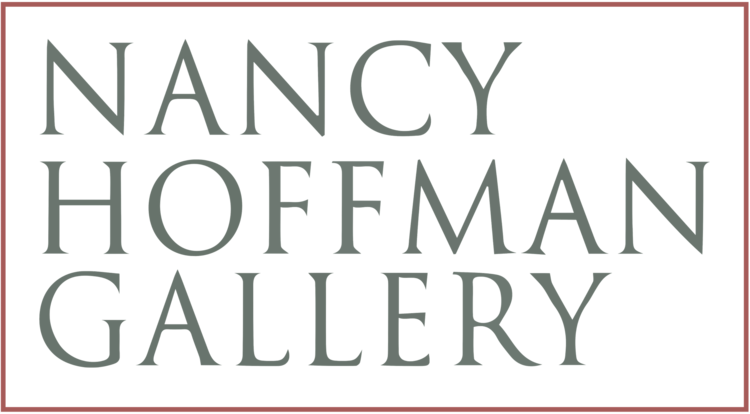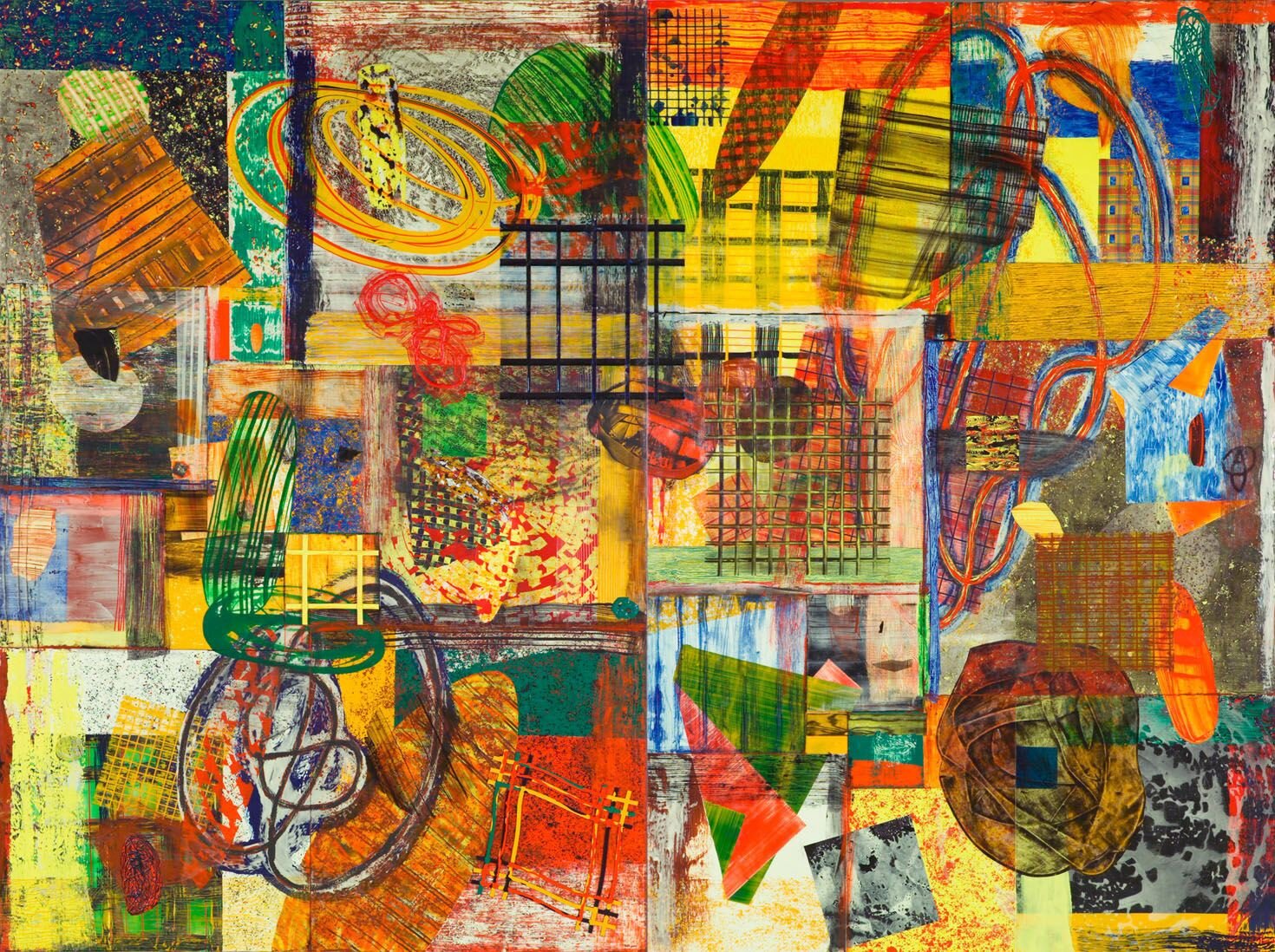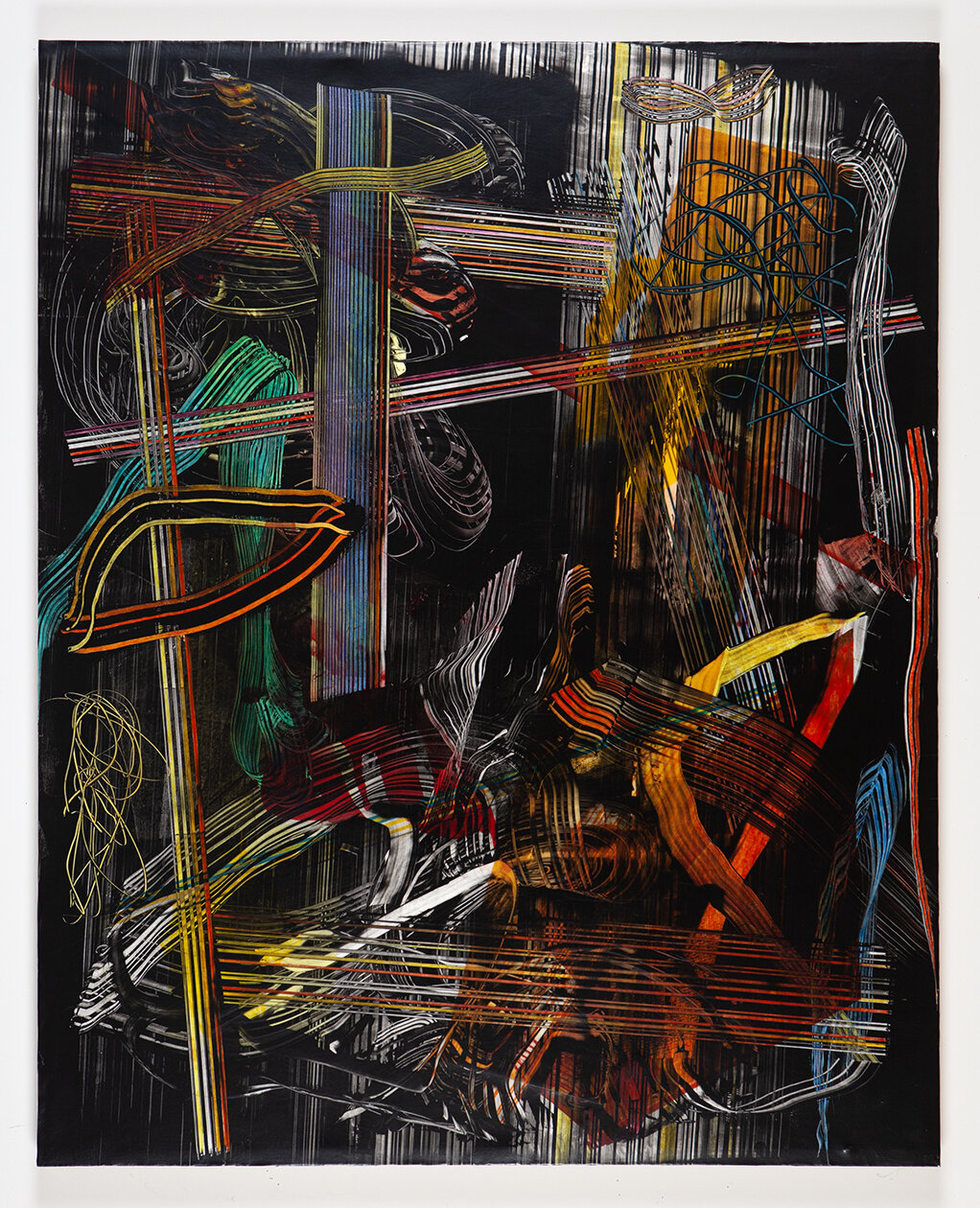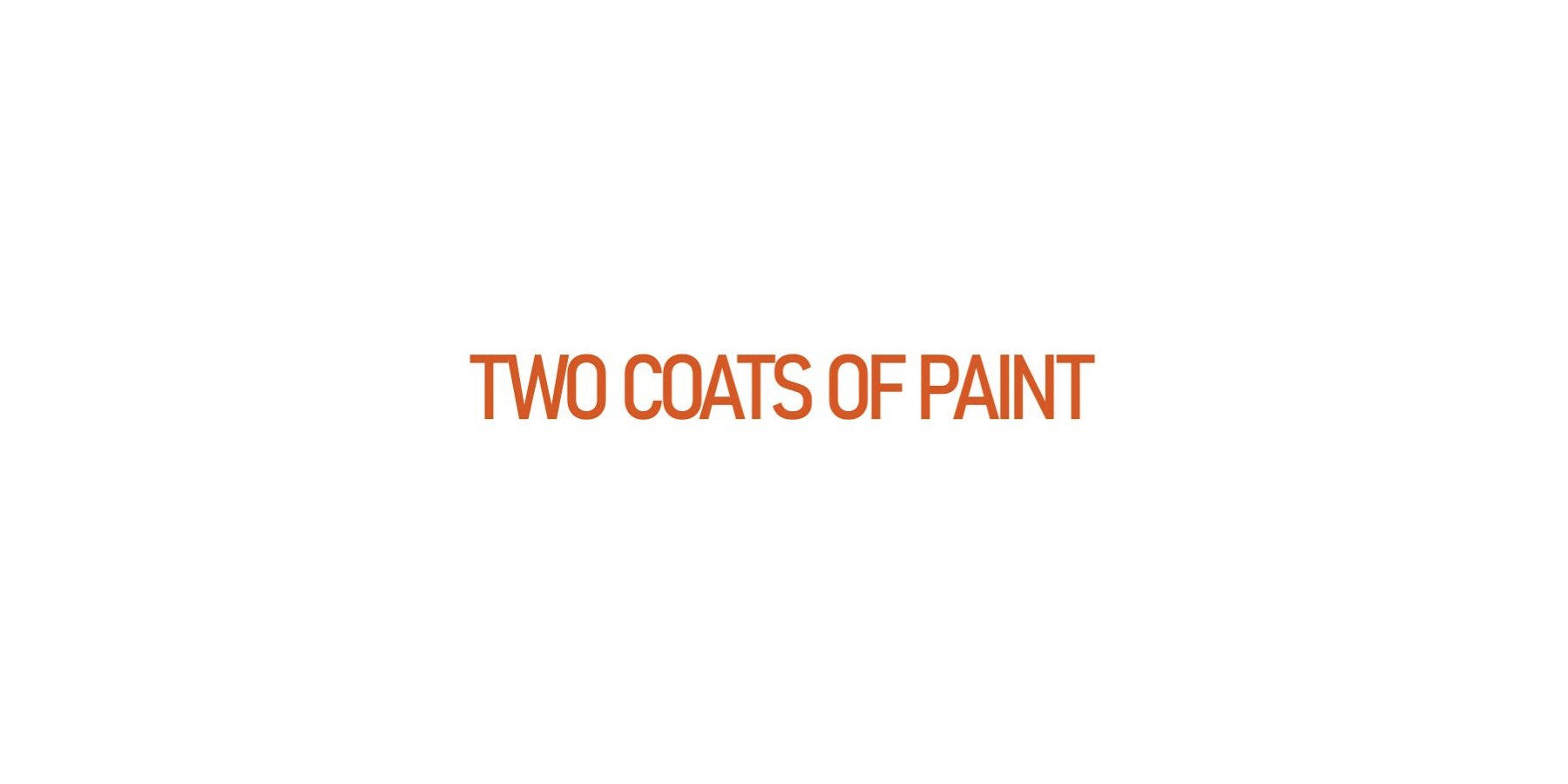FRANK OWEN
IN THE NEWS
ABOUT THE ARTIST
Frank Owen was born in Kalispell, Montana in 1939. He received his B.A. and his M.A. from the University of California at Davis. He was twice awarded a National Endowment for the Arts Fellowship in 1978-79 and in 1989-90, as well at the University of California Regents Fellowship in 1967-68.
Over the past three years, the artist has pursued two different directions in his work: a series he calls the Venetians, inspired by the sumptuous coloration of glass beads; and paintings inspired by nature of the Adirondacks in which the artist includes and embeds images of leaves, sticks, stones between layers of paint.
TECHNIQUE AND INFLUENCES
For Owen, the Venetian paintings are a visual equivalent of the pleasure principle. They are what he calls “the extravagant deployment” of all the things he knows how to do in paint, and “an excuse to do them” In the ‘70s Owen invented his own system of painting, building a skin of many layers of paint on the surface of a canvas, a unique system. The skin of paint is built “in verso;” the first layer is, in fact, the top or surface layer of the finished painting; the final coat is the layer that touches the canvas.
Owen has for many years pursued a track of painting that responds to the local environment of the Adirondacks and its richness of nature. His nature paintings—close up and close in views—infused with the rugged mountainscape that surrounds him, are his personal response to 19th Century American luminists. In these abstract paintings, landscape (in microcosm) is the frame of reference. Leaves, sticks, stones, visual haiku that suggest the larger landscape, appear through layers of paint. As if peering through water and discovering pond life below, one peers into Owens’s paintings and discovers the mysteries nature has to offer. It is the nature paintings with their visual poetry that Owen now paints in large and small scale.
While many abstract paintings are more tailored in format, more predictable in their construction, Owen’s works are the opposite. They have an optical tactility, with a glass smooth surface. The physicality of paint is behind the surface due to Owen’s unique approach to building a skin of many layers of paint “in verso;” the first layer is, in fact the top or surface layer of the finished painting; the final coat is the layer that touches the canvas. This is a beguiling and bewitching technique befitting the Venetian series.
Owens’s paintings are brim-full of ideas, energy, color and movement. He stretches the definition of abstract painting to new levels with each new series.
FRANK OWEN - INTERVIEW WITH PAINTER & ART CRITIC ALEXI WORTH




























